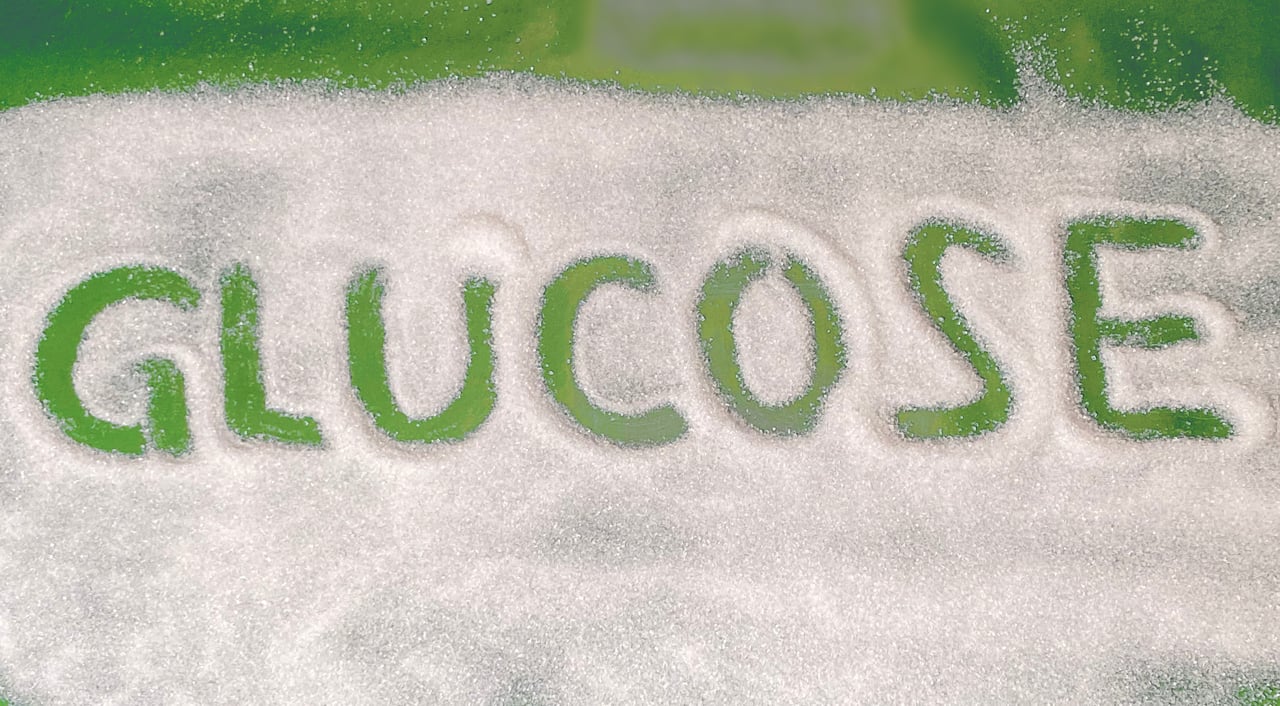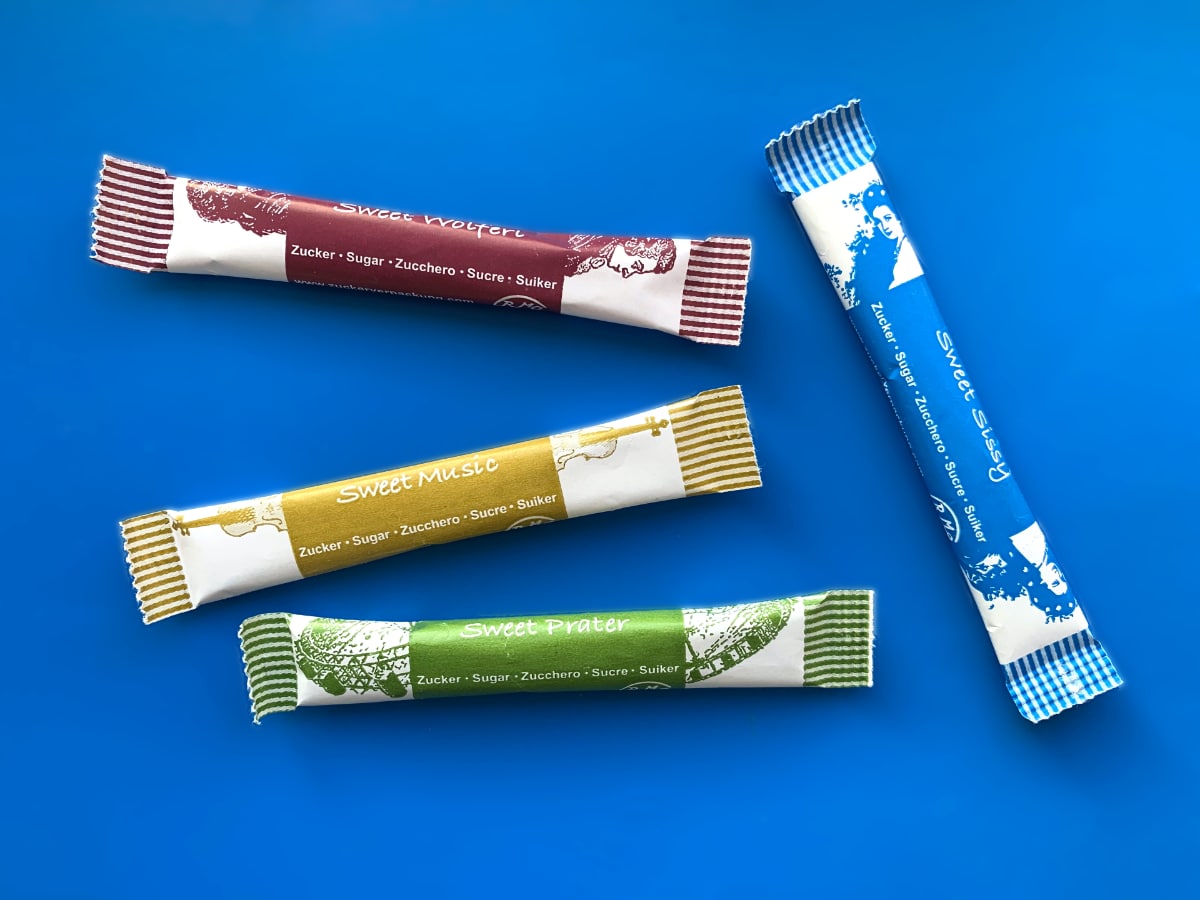Fructose Intolerance
Does glucose increase the absorption of fructose in the intestine?
09/18/2021 Food Intolerances
“Eat some glucose with a serving of fruit and your body will better absorb the fructose contained in the food.” Such a statement can be found on many a nutrition website, along with the claim that just one glucose tablet can remedy any digestive ailment. But is this actually the case? The idea that consuming glucose can improve the absorption of fructose makes sense in theory, since it tilts the fructose-glucose ratio in favor of glucose. In practice, however, this is not borne out by the facts.

Read More...

Read More...
Erythritol, xylitol, and stevia: an answer to fructose intolerance?
03/26/2021 Food Intolerances OxiPur
People with a fructose intolerance are often reluctant to consume foods containing sucrose, the chemical name for table sugar, since the compound consists of 50% fructose (and 50% glucose). Instead, sufferers opt for expensive sugar substitutes that are often specifically marketed as fructose-free alternatives. Here we take a closer look at three substitutes – xylitol, erythritol, and stevia – and assess their pros and cons compared to regular household sugar.

Read More...

Read More...
Do you know how much fructose you are eating?
From a historical point of view, fruits and honey were the only fructose-rich foods in our diet. In the 17th century the average sugar intake of each person was as low as 5 g per day. Big changes of dietary habits only occurred after the industrial scale production of sugar from sugar cane or sugar beets. Suddenly, sugar was available to everyone in large quantities – at low costs.

Read More...

Read More...
![[Blog]](../../rw_common/images/baliza_logo_retina.png)